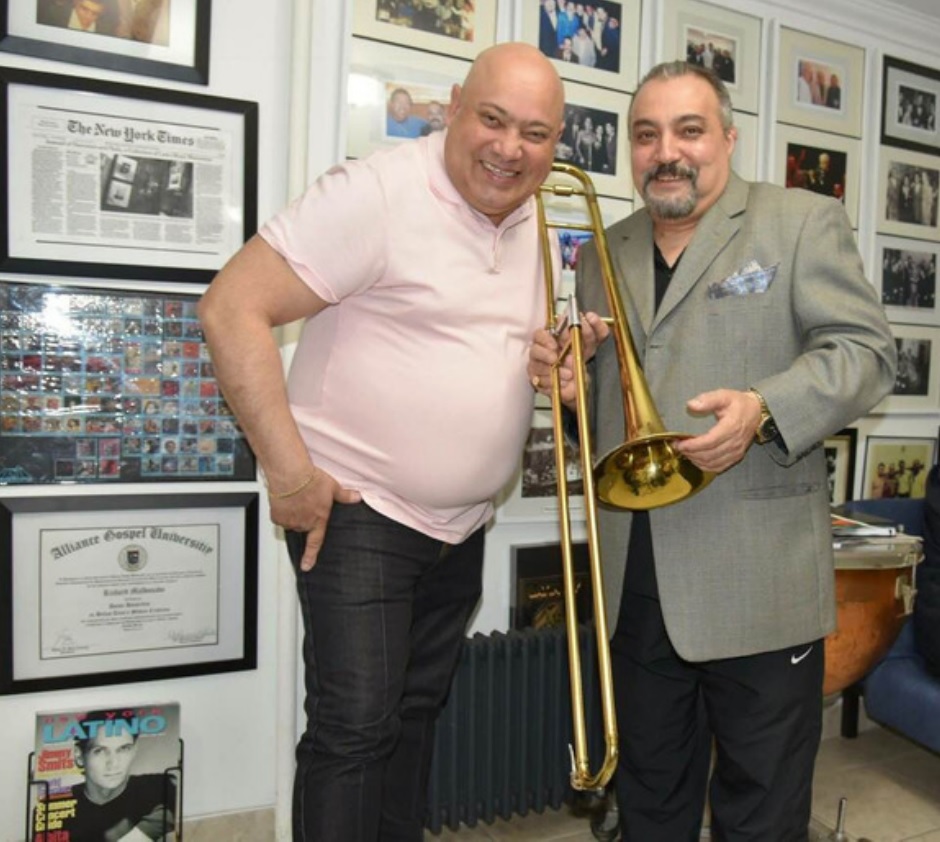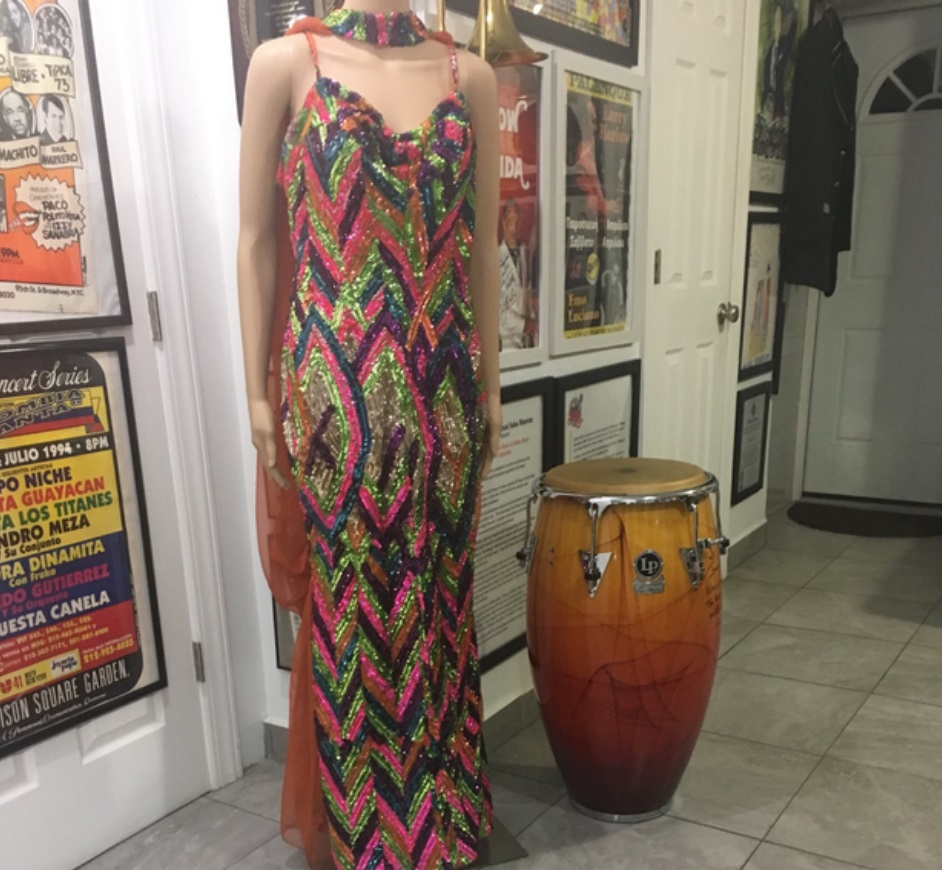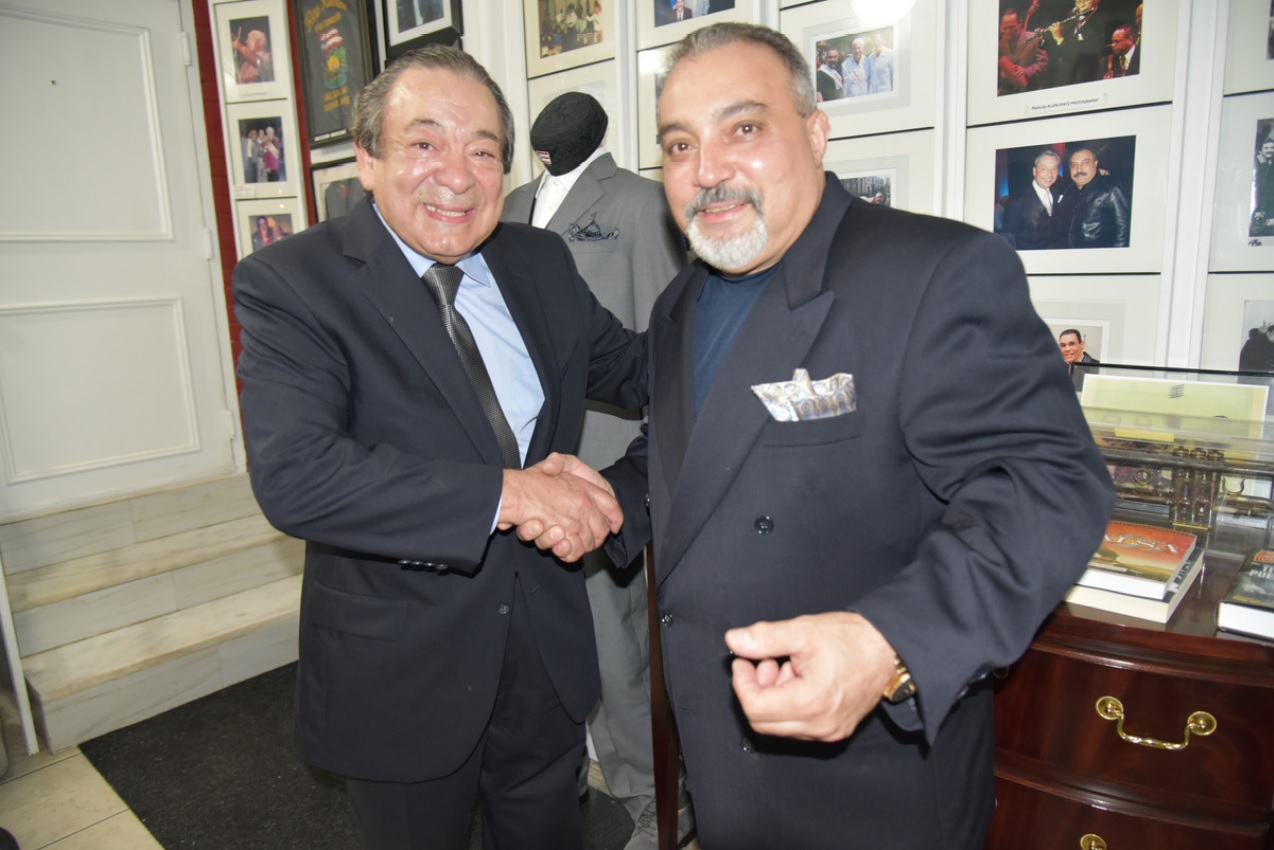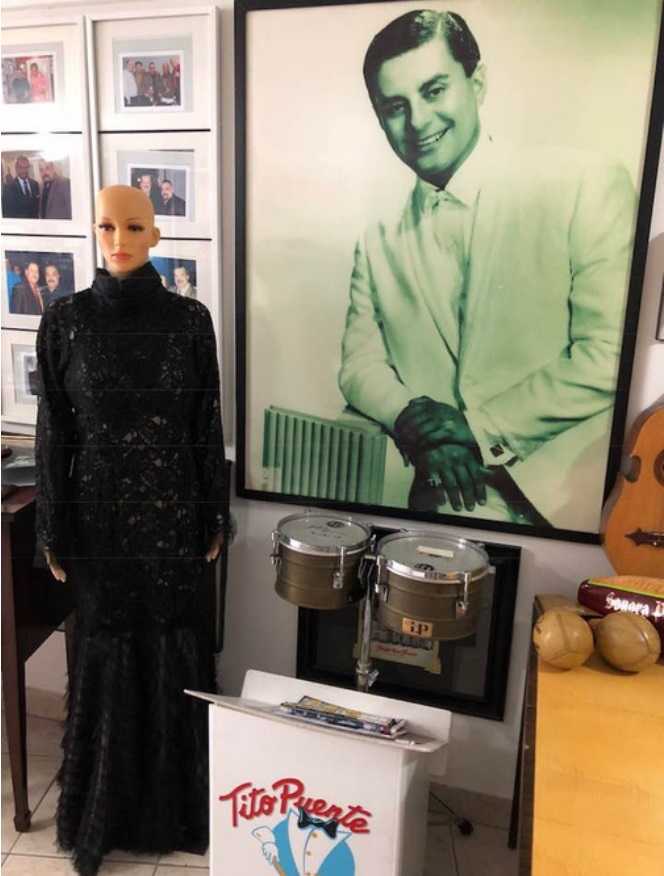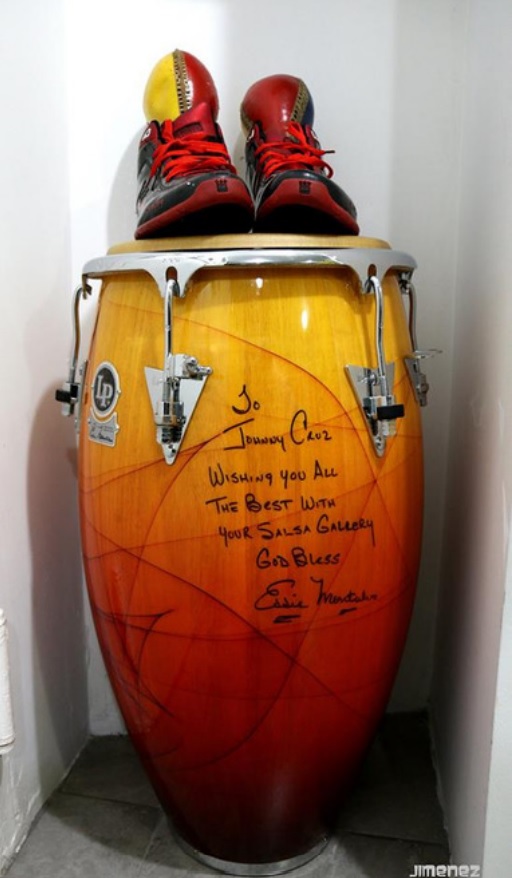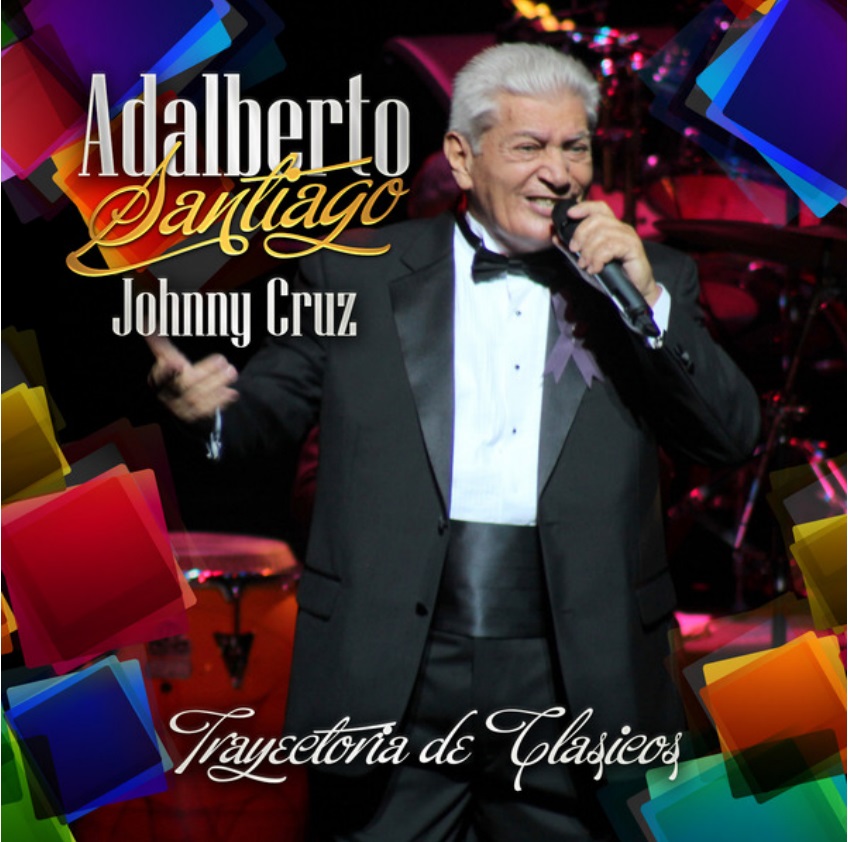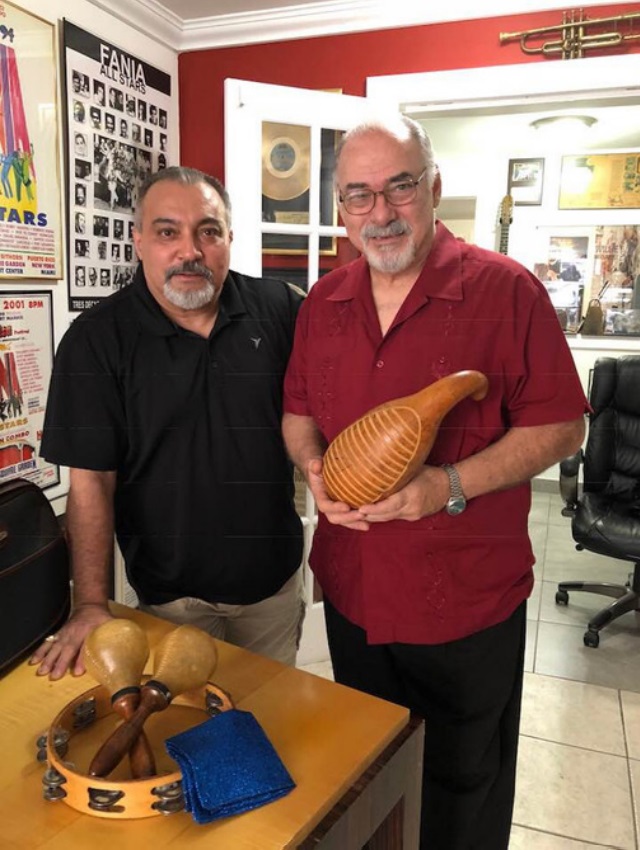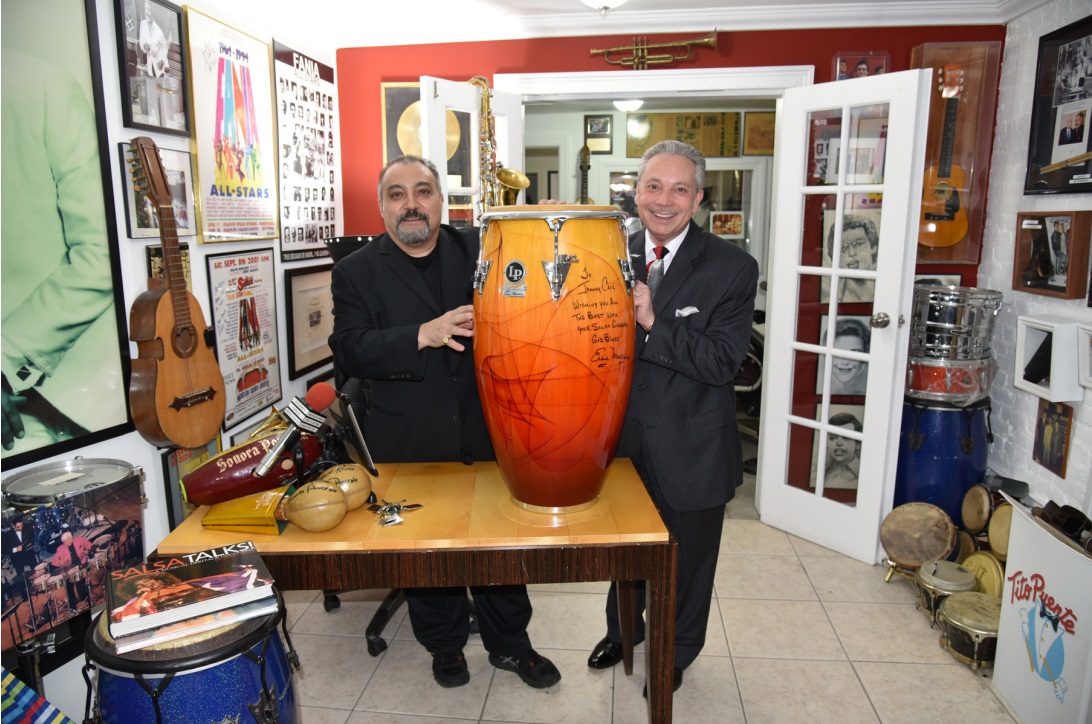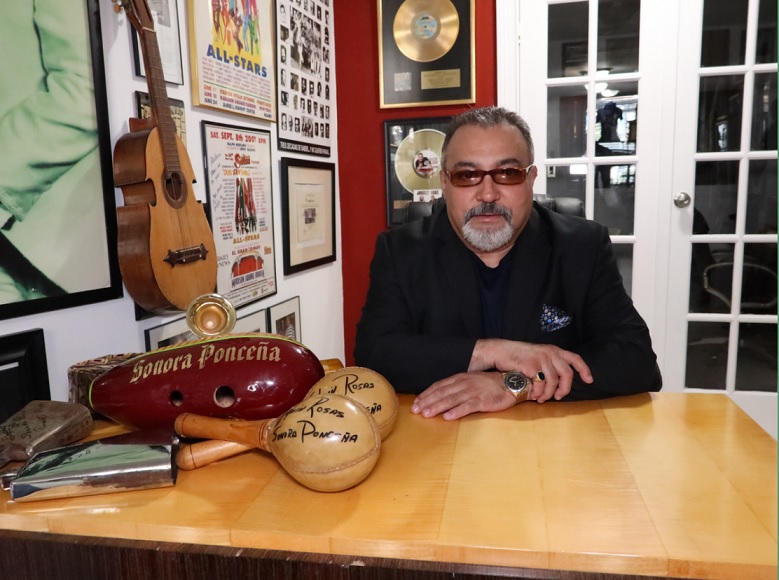Ismael ‘Pat’ Quintana, born in Ponce, Puerto Rico, began his musical career in 1961 alongside Eddie Palmieri and La Perfecta

Commemorating one more anniversary of the departure of the Maestro: Ismael Quintana (Ponce, June 3, 1937-Colorado, April 16, 2016) was a Puerto Rican singer and composer of salsa, bolero and other genres of Caribbean music.
He began his musical career in 1961 alongside Eddie Palmieri and La Perfecta, and later continued as a solo singer.
In 1970, he signed with Fania Records and joined the Fania All Stars, in addition to recording more solo albums.
By 2012, his health condition prevented him from continuing to perform and he stopped giving concerts.
In April 2016, he died of a heart attack at his residence in Colorado in the United States at 78 years of age and paid the first tributes.
Quintana was the singer who gave the name salsa to Afro-Caribbean music, after having heard it in Venezuela.
Ismael ‘Pat’ Quintana, born in Ponce, a town rich in culture on the beautiful island of Puerto Rico, moved to New York when he was very young. It was in the South Bronx that he fell in love with Latin music.
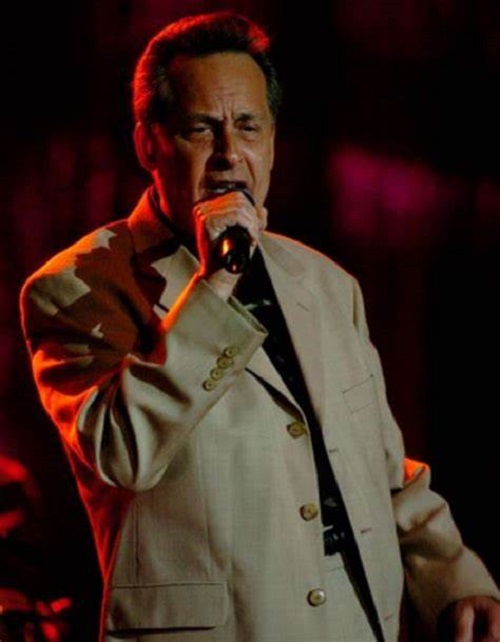
During these early years, he played percussion with a variety of bands throughout New York City.
He persevered and eventually joined Angel Natel’s orchestra as a teenage bongosero.
During one memorable night in 1959, the band was asked to play a particular number for one of the club’s dancers.
Natel’s singer was not familiar with the song, but Ismael was. He stepped up to the microphone, performed the song and in the process electrified the crowd with his talented voice. That night launched a magnificent career, a career that would eventually position Quintana as one of the most prominent vocalists in Latin music.
In 1961, visionary keyboardist Eddie Palmieri decided to leave the sanctuary of Tito Rodriguez’s eminent orchestra to pursue the dream of forming his own band.
Eddie was present when Quintana auditioned for Orlando Marin’s popular orchestra.
The pianist would eventually track him down and offer him the opportunity to become the lead singer of his new orchestra, La Perfecta.
This proved to be a vital move in Eddie’s quest to become one of the top Latin music bandleaders. Their alliance would last 12 years.
Together, Quintana and Palmieri pushed the boundaries of progressive salsa, creating dissonant improvisations that fused the raw tradition of Afro-Caribbean music (exemplified by the singer’s hardcore sonics) with a relentless desire to experiment (illustrated by Palmieri’s choice of electronic keyboards, use of structures borrowed from other musical formats, as well as meandering solos that had their own idiosyncratic logic).

The 1965 album Azúcar Pa’Tí is probably the aesthetic pinnacle of their collaboration. It featured classic salsa anthems such as “Oyelo Que Te Conviene”, included here for your listening pleasure.
Another unforgettable moment was Eddie’s decision to record a double LP set in the Sing Sing penitentiary.
Quintana’s voice sounds appropriately impassioned on that socially significant 1972 concert recording.
By 1973, Quintana had decided to embark on a solo career. He signed a contract with UA Latino Records and recorded two albums of excellent quality.

The second of these two releases gave him the opportunity to sing tangos and ballads, backed by a spectacular orchestra led by South American arrangers Héctor Garrido and Jorge Calandrelli.
Surprisingly, the singer has stated in interviews that he prefers to dance ballads and boleros rather than sing more fast-paced material.
Quintana’s first work for Vaya Records was recorded in 1974, It included the hit “La Blusita Colorá”, which is featured in this collection.
The singer also collaborated with keyboardist and bandleader of La Sonora Ponceña Papo Lucca, as well as Ricardo Marrero.
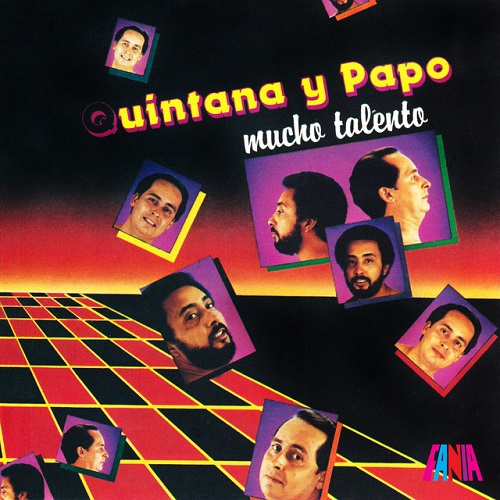
In 1975, Quintana was invited to join the legendary Fania All-Stars as one of their lead vocalists.
He appeared in the movie Salsa and participated in many of the combo’s historic performances, delivering a blistering version of the self-written “Mi Debilidad” at Yankee Stadium.
When not traveling the world with the All-Stars, Quintana could be found in the recording studio, working on material that appeared on his albums for Vaya Records.
Ismael Quintana’s name appears on many classic albums from the salsa explosion of the 1970s, both as a background singer and as a percussionist.
His phenomenal vocal abilities have obscured the fact that he is one of the most exciting maracas players in the genre.
He is also an innovative composer, having written many of the songs that make up Eddie Palmieri’s seminal albums of that era.
Quintana is also known as one of the nicest guys in the Latin music business.
A true professional who is never late for his concerts and a devoted family man who doesn’t smoke or drink.
Ponce in Puerto Rico has given birth to several legendary Latin singers, from Héctor Lavoé and Cheo Feliciano to Ednita Nazario and Pete ‘El Conde’ Rodríguez. Ismael Quintana is yet another luminary from that region.
This Latin Heritage compilation is a well-deserved tribute to one of salsa’s best. Fania All Stars.
By:
Also Read: The Royalty of our Latin Music Pete “El Conde” Rodríguez first singer signed by Fania Records label












